 Practice Exercise - 2
Practice Exercise - 2
| Number of Questions: 20 | Suggested time: 10 minutes |
- You are advised to prefer a hit on the choices.
- Dont ever try to solve such questions fully or actually until the situation so warrants.
- Try to do the questions as much orally as you can.
- In a two-digit number, the digit in the units place is more than twice the digit in tens place by 1. If the digits in the units place and the tens place are interchanged, difference between the newly formed number and the original number is less than the original number by 1. What is the original number? (a) 35 (b) 36 (c) 37 (d) 39
- In a two-digit number, if it is known that its units digit exceeds its tens digit by 2 and that the product of the given number and the sum of its digits is equal to 144, then the number is: (a) 12 (b) 24 (c) 36 (d) 48
- Three numbers are in the ratio 4: 5: 6 and their average is 25. The largest number is: (a) 30 (b) 40 (c) 50 (d) 60
- The product of two numbers is 9375 and the quotient, when the larger one is divided by the smaller, is 15. The sum of the numbers is: (a) 100 (b) 200 (c) 300 (d) 400
- The denominator of a fraction is 3 more than the numerator. If the numerator as well as the denominator is increased by 4, the fraction becomes 4/5.
What was the original fraction? (a) 7/11 (b) 8/11 (c) 9/11 (d) 10/11
- The sum of three numbers is 136. If the ratio between first and second be 2: 3 and that between second and third is 5: 3, then the second number is: (a) 30 (b) 40 (c) 50 (d) 60
- Three times the first of three consecutive odd integers is 3 more than twice the third. The third integer is: (a) 12 (b) 137 (c) 14 (d) 15
- If two painters can complete two rooms in two hours, how many painters would it take to do 18 rooms in 6 hours? (a) 2 (b) 6 (c) 4 (d) 9
- Fifty-four is to be divided into two parts such that the sum of 10 times the first and 22 times the second is 780. The bigger part is? (a) 35 (b) 36 (c) 37 (d) 39
- A number consists of 3 digits whose sum is 10. The middle digit is equal to the sum of the other two and the number will be increased by 99 if its digits are reversed. The number is: (a) 253 (b) 263 (c) 273 (d) 283
- 243 has been divided into three parts such that half of the first part, one-third of the second part and one-fourth of the third part are equal.
The largest part is? (a) 27 (b) 81 (c) 123 (d) None
- There are two numbers such that the sum of twice the first and thrice the second is 39, while the sum of thrice the first, and twice the second is 36. The larger of the two is: (a) 3 (b) 6 (c) 9 (d) 12
- The difference between a two-digit number and the number obtained by interchanging the two digits is 63. Which is the smaller of the two numbers? (a) 12 (b) 15 (c) 17 (d) None
- The sum of the squares of two numbers is 3341 and the difference of their squares is 891. The numbers are: (a) 35, 46 (b) 35, 50 (c) 40, 55 (d) 45, 60
- The product of three consecutive even numbers when divided by 8 is 720. The product of their square roots is: (a) 12
 (b) 24
(b) 24  (c) 2
(c) 2  (d) 4
(d) 4 
- The difference between two numbers is 1365. When larger number is divided by the smaller one, the quotient is 6 and the remainder is 15.
The smaller number is? (a) 240 (b) 225 (c) 255 (d) None
- If the product of 6 integers is negative, at most how many of the integers can be negative? (a) 2 (b) 3 (c) 4 (d) 5
- A number is doubled and 9 is added. If the resultant is trebled, it becomes 75. What is that number? (a) 2 (b) 4 (c) 6 (d) 8
- The total weight of a tin and the cookies it contains is 2 pounds. After 3/4 of the cookies are eaten, the tin and the remaining cookies weigh 0.8 pounds. What is the weight of the empty tin in pounds? (a) 0.2 (b) 0.3 (c) 0.4 (d) 0.5
- What approximate value will come in place of the question mark(?) in the below question? (47% of 1442 36% of 1412) + 63 = ? (a) 4 (b) 5 (c) 3 (d) 6
- If 50 is subtracted from two-third of a number, the result is equal to sum of 40 and one-fourth of that number. What is the number? (a) 156 (b) 179 (c) 198 (d) 216
- If the sum and difference of two numbers are 20 and 8 respectively, then the difference of their squares is: (a) 120 (b) 140 (c) 160 (d) 180
- Half the people on a bus get off at each stop after the first, and no one gets on after the first stop.
If only one person gets off at stop number 7, how many people got on at the first stop? (a) 128 (b) 64 (c) 32 (d) 16
- (3 x + 2) (2 x 5) = (a x + k x + n) then find is the value of (a n + k)? (a) 5 (b) 8 (c) 9 (d) 10
- Find the number which when multiplied by 15 is increased by 196. (a) 10 (b) 12 (c) 14 (d) 16
A measurement carried out in the physical world leads directly to a number or some meaningful value which is known as Real Number . Real Numbers can be divided into two main groups: (A) Rational Numbers: A rational number can always be represented by a fraction of the form (p/q) where p and q are integers and q is not = 0. Every integer and all the fractions are rational numbers including finite decimal numbers. (B) Irrational Numbers: An irrational number cannot be expressed in the form p/q where q is not = O. e.g., under root of 7 gives an approximate answer in the form of a fraction or decimal but the digits after the decimal point are non-ending, hence 7 is an irrational number.
Similarly, = 3.14. is irrational. In other words, an infinite non-recurring decimal is an irrational number which is non-terminating. Note: No number can be both rational and irrational. Prime Numbers: A prime number is a number which has no other factors except itself and unity
e.g., 2, 3, 5, 7, 11 17, 19, 23, 29, 31, 37, 41, 43, 47, 53, 59, 61, 67, 71, 73, 79, 83, 89, 97, 101, 103, 107, .
- There are 25 prime numbers between 1 & 100.
- To check if a particular number k is prime or not, we should apply divisibility tests of all primes up to k
- If a number has no factor equal to or less than its square root, then that number must be prime.
- 1 is neither Prime nor composite.
- Largest prime no. known so far is (22281 1) which is of about 700 digits.
Co-Prime Numbers: Two numbers are relatively prime to each other when their highest common factor is 1 or we can say that they have no common factor except 1. known so far is (22281 1) which is of about 700 digits. Co-Prime Numbers: Two numbers are relatively prime to each other when their highest common factor is 1 or we can say that they have no common factor except 1.
For being co-prime the numbers themselves need not be prime
- E.g. 35 has factors 1, 5, 7, 35 i.e., it is not a prime number
- And 49 has factors 1, 7, 49 i.e., again it is not a prime number
BUT these are Co-prime numbers as no common factor except 1. Composite Numbers: A composite number is a number which has more than 2 factors i.e., itself and unity, e.g., or in other words we can say any number that has atleast 3 factors. e.g., 14, 36, 345 etc., i.e., it must have 3 factors (1, itself and one More) Even numbers are divisible by 2 and end up with 0, 2, 4, 6 or 8 Odd numbers are not divisible by 2 and end up with 1, 3, 5, 7 or 9. Some important results on Numbers:
Next page
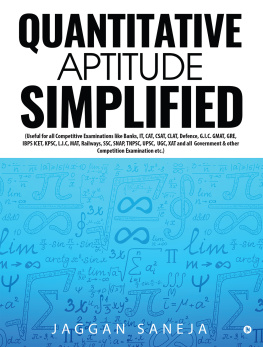
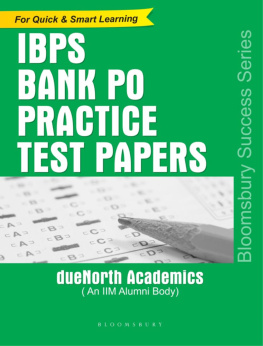

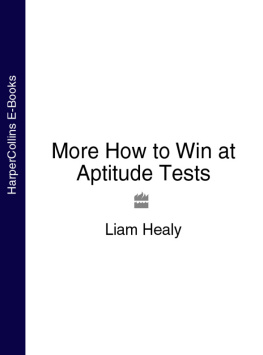
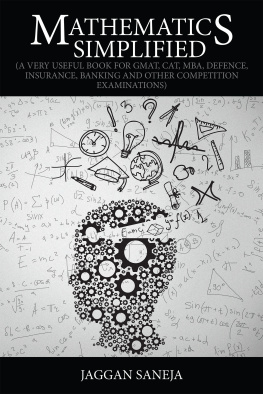
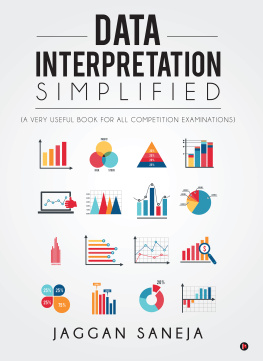
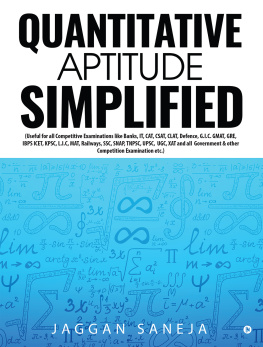
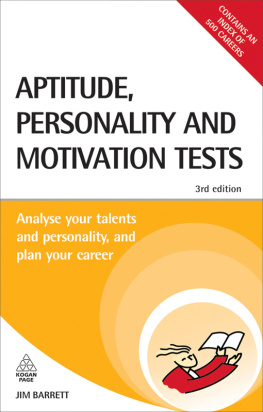
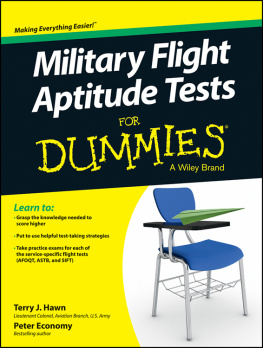
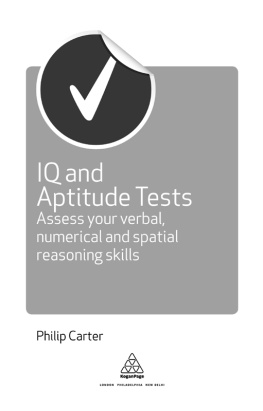
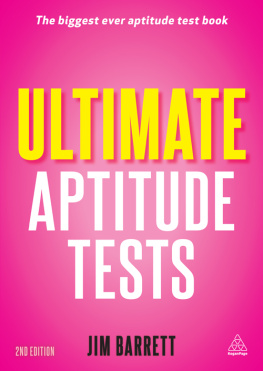
 Practice Exercise - 2
Practice Exercise - 2 (b) 24
(b) 24  (c) 2
(c) 2  (d) 4
(d) 4 